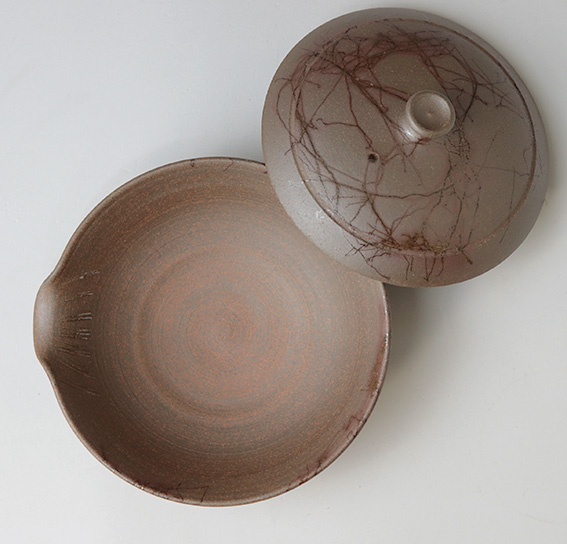Chip explained it well, but i wanted to make it into a new topic and add pictures because it's something i've seen people ask before.Chip wrote: ↑Thu May 17, 2018 1:32 pmThe width to height ratio is typically higher on a shib. So yes, the shib is relatively wider and the houhin is relatively higher ... Typically.
The houhin typically has a round rim with a screen below the rim at the added spout. The lid covers the entire rim.
The shib typically has a spout as part of the rim, so the rim is not an absolute circle, and the lid does not cover the rim at the spout. The spout may have a "rake" or nothing at all.
You could call them a "gaiwanesque".
shiboridashi vs hohin? here is my take on it:
gaiwan/gaibei (盖碗/盖杯):
- a lidded cup with smooth/undefined, flared rim
- width:height ratio close to 1
- Chinese, not Japanese

shiboridashi (絞り出し):
typically:
- similar to a gaiwan but much flatter with a width:height ratio > 1
- the body has a spout -- sometimes with a rudimentary 'rake' filter added consisting of some lines scraped into the surface
- no defined rim for the lid to rest on

hohin/houhin/hobin (宝瓶):
- features a filtered spout built into the body
- unlike a gaiwan or shibo, the lid does not make up part of the canal through which liquid exits the pot
- lid rests on a defined rim

'easy gaiwan':
there is no single, unified 'easy gaiwan' design, but many of them are basically hohins.


